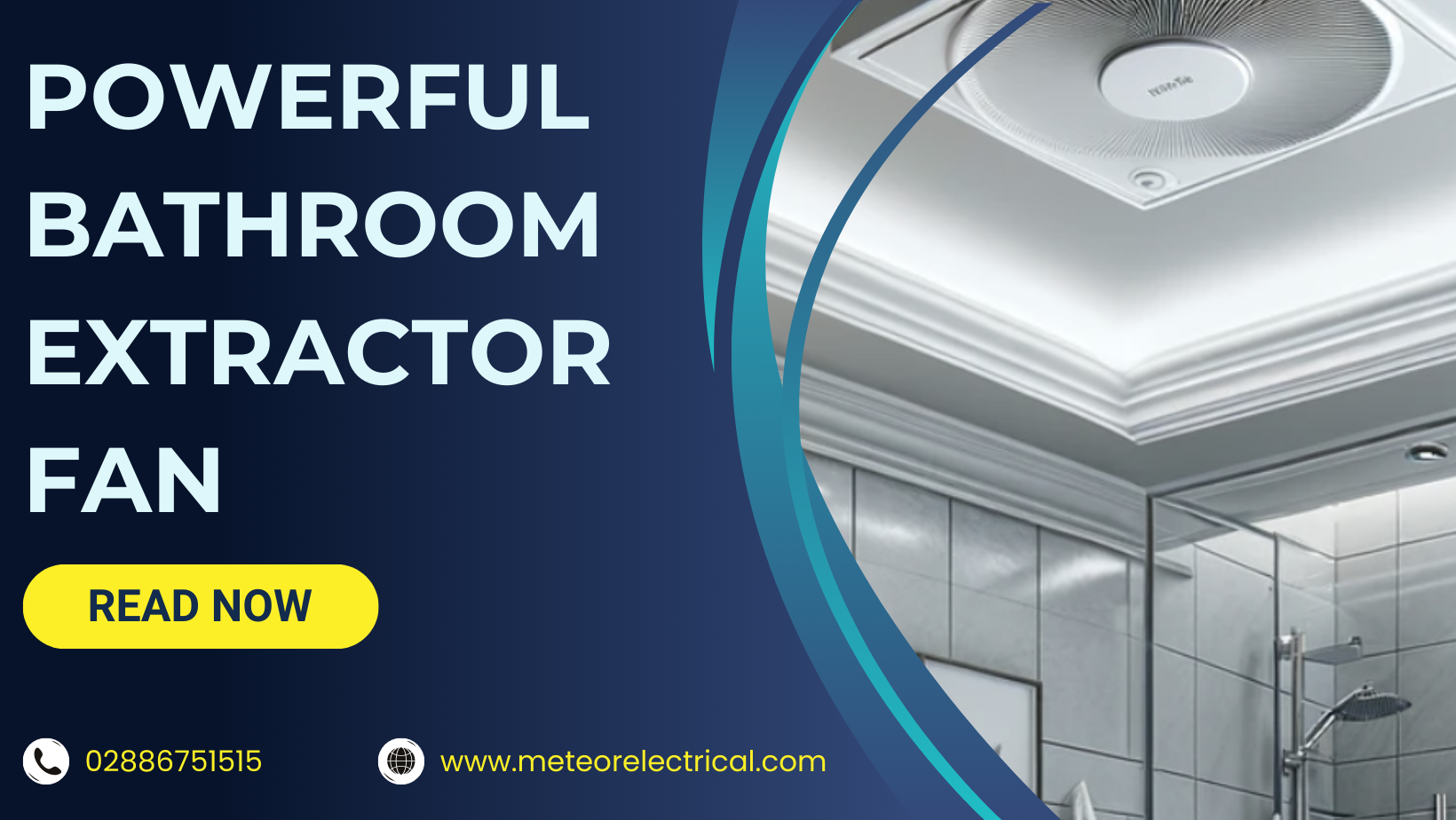The Ultimate Guide to Choosing the Most Powerful Bathroom Extractor Fan
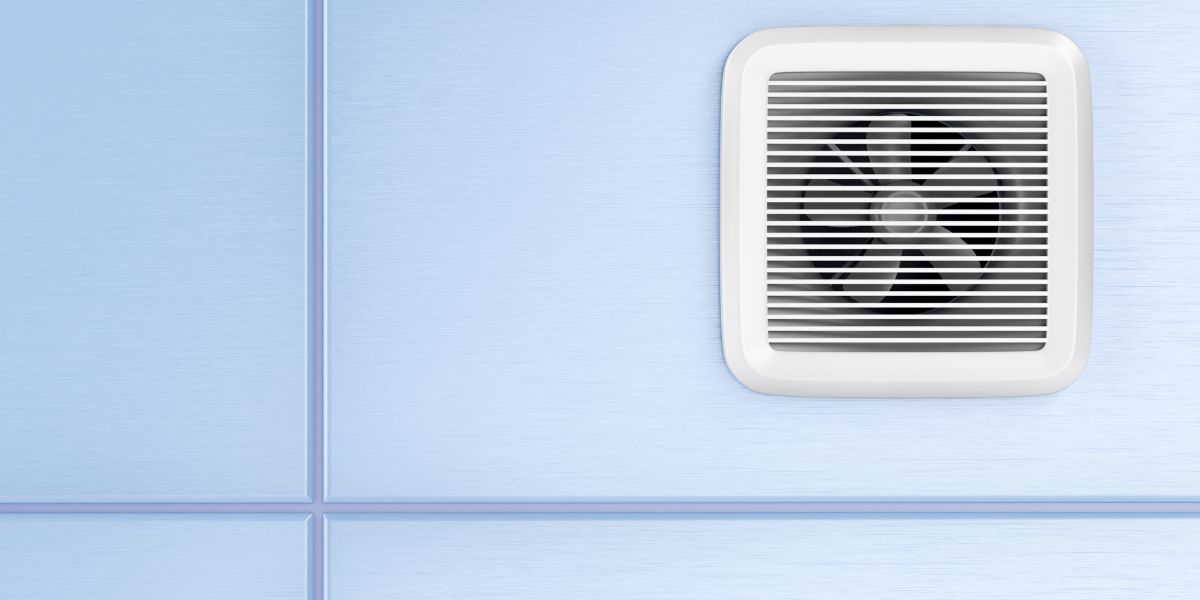
Good ventilation is crucial in every part of your home, but it’s especially important in moisture-heavy areas like the bathroom. Without proper ventilation, bathrooms can become breeding grounds for dampness and black mould, leading to potential structural damage and health issues. One of the best ways to prevent these problems is by installing a powerful bathroom extractor fan. Here’s how to choose the right fan for your home.
What Is an Extractor Fan?
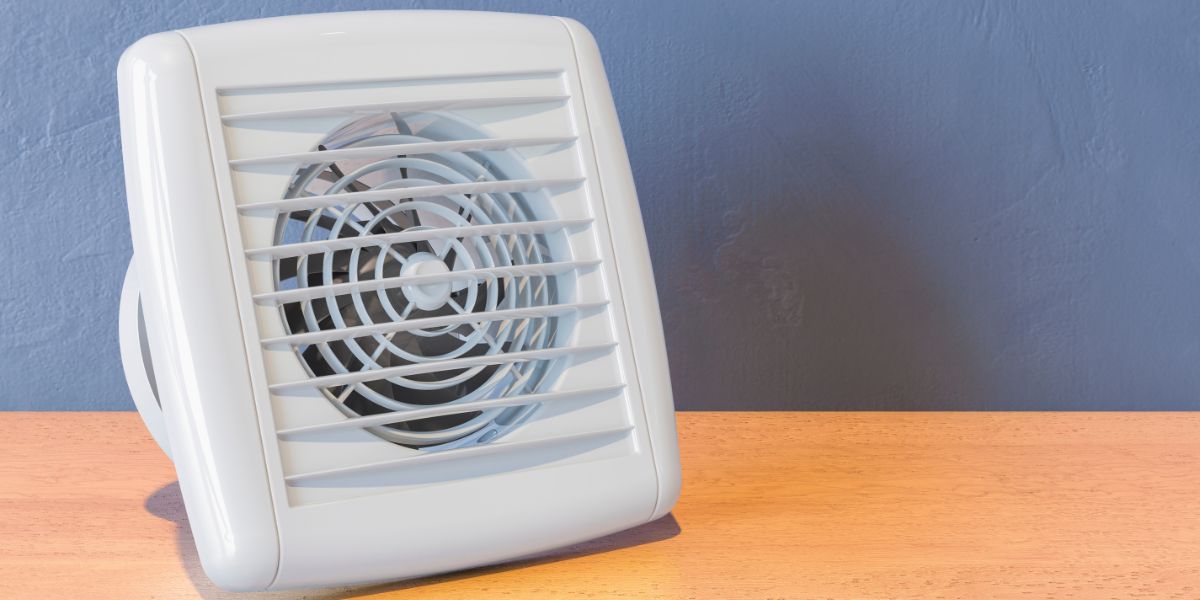
Extractor fans are essential for maintaining good air quality in bathrooms, kitchens, and laundry rooms. They work by removing moisture, odours, and even smoke from the air, creating a healthier and more comfortable living environment. Without them, spaces like bathrooms can quickly become humid and stuffy, making them ideal for mould growth.
Extractor fans come in different types, each suited to specific needs. To help you choose the right one, it's essential to understand the various options available and how they perform in different environments.
Types of Extractor Fans

When selecting a bathroom extractor fan, you’ll typically come across three main types: axial, centrifugal, and inline fans. Each has its own set of advantages.
- Axial Extractor Fans: These fans move air in a direct path, making them suitable for bathrooms with easy access to the outdoors. They’re efficient and quiet, ideal for small bathrooms where the fan doesn’t need to push air over a long distance. According to the Energy Saving Trust, axial fans are among the most energy-efficient options for bathrooms.
- Centrifugal Extractor Fans: Designed for spaces without direct access to an exterior wall, centrifugal fans are more powerful than axial fans and are perfect for larger bathrooms or kitchens. They can move air over longer distances, making them ideal for homes with ductwork.
- Inline Extractor Fans: Installed in a loft or ceiling space, inline fans are excellent for bathrooms that need long duct runs. These fans operate quietly and effectively, keeping your bathroom fresh without making too much noise. Inline fans are perfect for larger bathrooms that may require more robust ventilation solutions.
Why Are Extractor Fans Important?
Proper ventilation plays a significant role in maintaining a healthy living environment. Bathrooms are especially prone to steam and humidity, which can lead to severe problems if not adequately addressed. Extractor fans help remove these elements from the air, preventing the growth of mould and mildew, both of which can cause significant damage to your home and health.
The Impact of Steam and Humidity
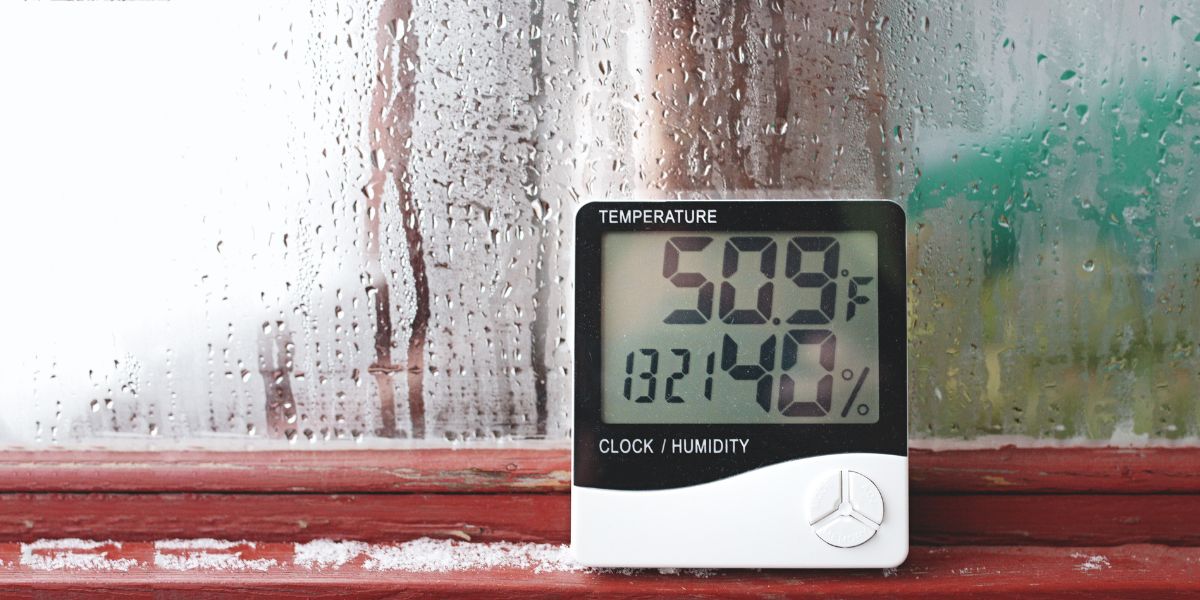
Excessive steam and humidity can be more damaging than they seem. When you take a hot shower or run a bath, moisture is released into the air. If not ventilated properly, this moisture settles on cool surfaces, leading to condensation. Over time, this can cause mould to grow on bathroom walls, ceilings, and fixtures.
According to the UK Centre for Moisture in Buildings (UKCMB), dampness is one of the leading issues in homes across the UK, and bathrooms are particularly vulnerable. Moisture-related issues, like mould, not only damage your home’s interior but can also penetrate into the structure, causing long-term problems.
The Dangers of Mould
Mould can wreak havoc on both your home and your health. Once it takes root, it can be challenging to get rid of. It grows in damp, poorly ventilated areas, such as bathrooms, and can cause lasting damage to walls, floors, and even ceilings. Over time, untreated mould can also compromise the structural integrity of your home.
Health-wise, mould can be particularly harmful. According to the NHS, long-term exposure to mould spores can cause respiratory problems, skin rashes, and allergic reactions. People with pre-existing conditions, such as asthma or allergies, may find their symptoms worsen due to mould exposure. This makes installing an effective bathroom extractor fan a priority for any household.
How Do Extractor Fans Work?
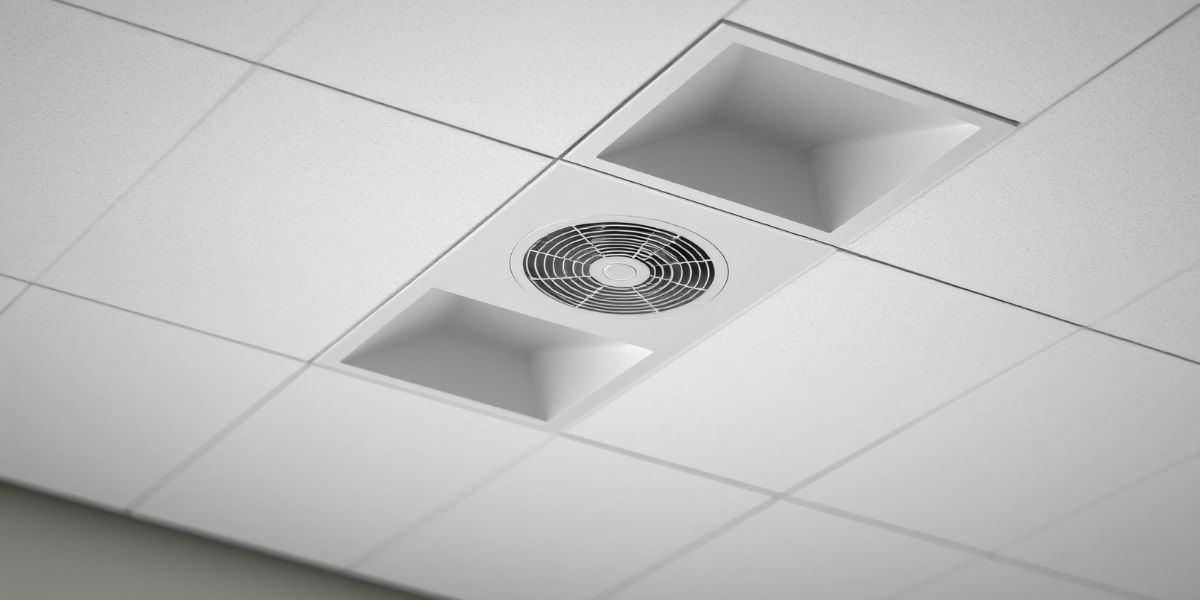
Extractor fans work by drawing moisture-laden air from showers, baths, and sinks out of the bathroom before it has a chance to condense and cause damage. When you release hot steam into the air, the fan pulls this moisture into a duct connected to an exterior vent, ensuring fresher, drier air circulates throughout the room.
Extractor fans are equally important in kitchens, where they help remove steam, smoke, and odours. In spaces like kitchens, where steam and grease build up quickly, extractor fans keep the environment comfortable and clean, preventing the unpleasant conditions that arise in poorly ventilated spaces.
Energy Efficiency
One of the primary benefits of modern extractor fans is their energy efficiency. Today’s models are designed to use minimal electricity, with most fans consuming between 5 to 36 watts, depending on their power output. This makes them cost-effective to run without compromising on performance.
As mentioned by the Energy Saving Trust, energy-efficient appliances like extractor fans can significantly lower your household energy consumption, which is especially beneficial if you use the fan regularly to keep moisture at bay.
Choosing the Right Fan for Your Bathroom
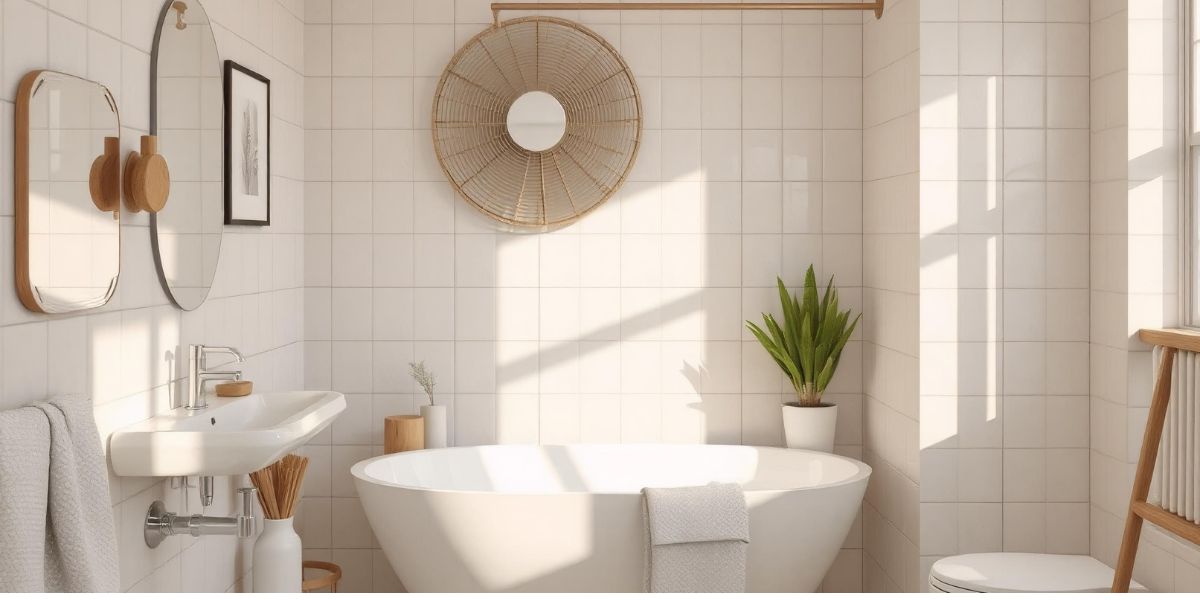
With several different types of extractor fans available, you might wonder which is best suited for your bathroom. In most cases, inline extractor fans are the ideal choice. These fans are highly effective, discreet, and can be installed in various bathroom setups.
Benefits of Inline Extractor Fans
Inline fans are installed in the ceiling or loft space, making them quieter than traditional wall-mounted fans. Despite their quiet operation, they are highly efficient in removing moisture and humidity from your bathroom. This makes them perfect for ensuring your bathroom remains fresh, clean, and mould-free.
Another significant advantage of inline extractor fans is their versatility. They can be installed in bathrooms of all sizes, making them suitable for both small and large spaces.
Preventing Moisture-Related Damage
If moisture builds up in your bathroom, it can lead to severe problems like mould, mildew, and dry rot. These issues can cost thousands of pounds in repairs and, in extreme cases, may cause structural damage to your home. Installing an inline extractor fan can help regulate moisture levels, preventing these costly problems from developing.
Moisture can also spread beyond the bathroom, affecting other parts of your home. An effective extractor fan helps keep moisture under control, reducing the risk of long-term damage to your walls, floors, and ceilings.
Credit: Charlie DIYte
How Inline Extractor Fans Work?
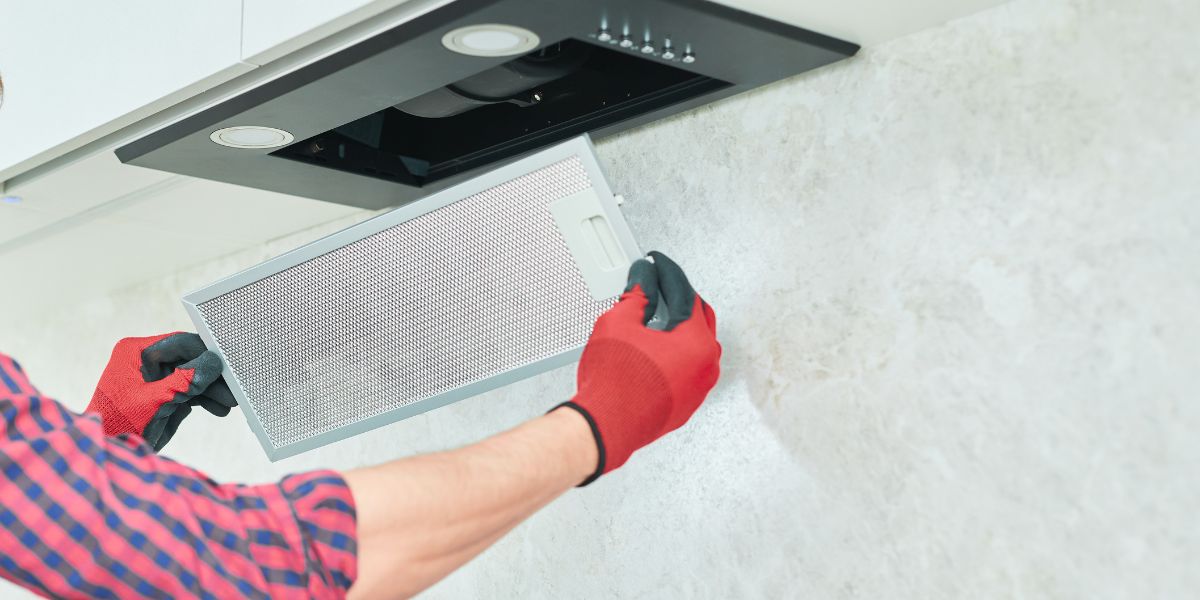
Inline extractor fans work by drawing moisture-filled air from the bathroom and expelling it through an external vent. When hot water vapour is released from your shower or bath, the fan pulls it into the duct system, preventing it from settling on bathroom surfaces. This helps maintain a clean, dry environment and keeps mould at bay.
The Necessity of Inline Extractor Fans
Inline extractor fans are not only effective but also versatile. They can be installed in bathrooms of all sizes and configurations, making them a practical solution for both small and large spaces. By maintaining proper ventilation, these fans ensure that your bathroom remains a safe and comfortable environment.
Investing in a high-quality inline extractor fan will save you from costly repairs and provide peace of mind, as it will ensure that your bathroom is well-ventilated and free from moisture-related issues.
How to Choose the Right Bathroom Extractor Fan?
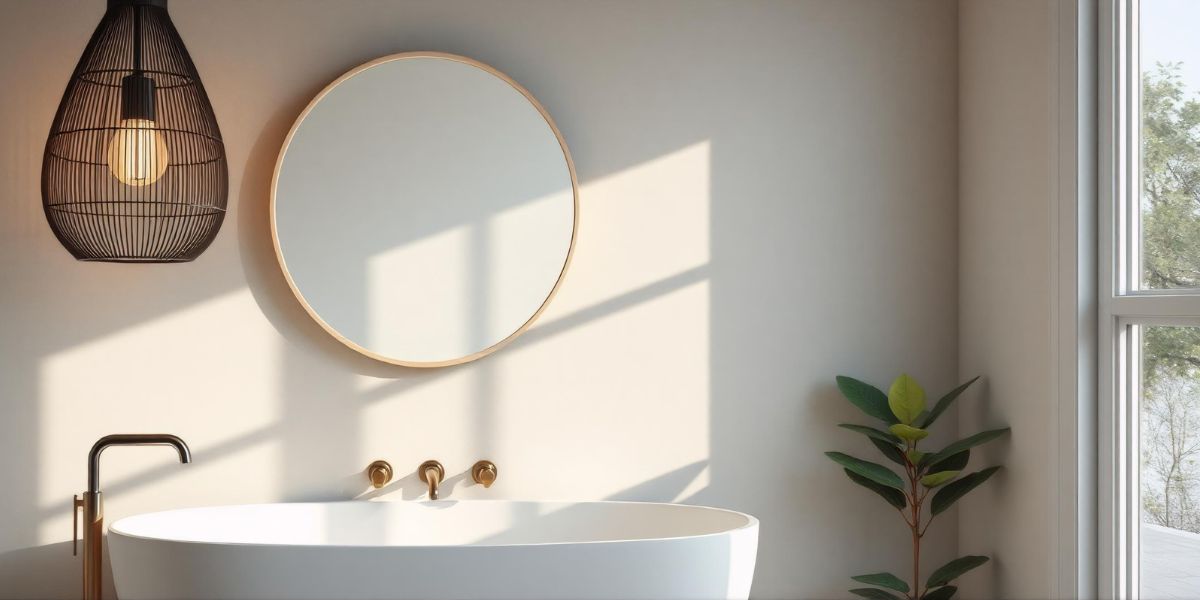
Choosing the right bathroom extractor fan can feel overwhelming with so many options available. To help you make the best decision, here are a few essential factors to consider to ensure your bathroom has optimal ventilation.
Credit: Fanco Australia
Consider the Bathroom Zones
Bathrooms are divided into zones that experience different levels of moisture, and it’s important to choose an extractor fan based on where it will be installed. These zones help determine the fan’s IP (Ingress Protection) rating, which measures resistance against solids and liquids. The higher the number, the greater the protection. Here’s a breakdown of the main bathroom zones:
- Zone 1: This area is above the shower or bath, extending up to 2.25m vertically. Fans installed in Zone 1 should have a minimum IP45 rating. For extra protection, an IP65 rating is recommended.
- Zone 2: This zone extends 0.6m beyond Zone 1 and requires a fan with at least an IP44 rating.
- Zone 3: Areas further from water sources don’t require a specific IP rating, but choosing a fan with moisture resistance is still a good idea.
For more information on bathroom zones and IP ratings, check out this guide.
| Factor | Description | Recommendation |
|---|---|---|
| Bathroom Zones | Determines where the fan can be installed based on moisture exposure. | Zone 1: IP45 (or IP65 for higher protection), Zone 2: IP44, Zone 3: No specific rating needed, but moisture resistance is beneficial. |
| Operation Modes | How the fan operates—manual, automatic, or sensor-based for convenience. | Manual switch, Timer, PIR Sensor (motion-activated), Humidity Sensor. |
| Air Exchange Rate | Measures the volume of air removed per second or hour, ensuring proper ventilation. | Minimum 15L/s for domestic bathrooms (higher for larger or more frequently used bathrooms). |
| Fan Size & Noise Level | Larger fans may be more powerful but can also be noisier. Noise-reducing models are available for quiet operation. | Small fans for compact bathrooms, larger fans for bigger spaces with high moisture; choose models with low-noise technology. |
| Energy Efficiency | Modern fans consume between 5-36 watts, ensuring energy savings while maintaining strong airflow. | Look for energy-efficient models to lower electricity costs and reduce environmental impact. |
| Top Pick Example | Xpelair Simply Silent Bathroom Extractor Fan combines quiet operation with high performance and efficiency. | Over-run timer, Ghost Air Movement Technology for silent operation, adjustable ventilation speed. |
Choose the Right Fan Operation
Another key factor to consider is how you want your extractor fan to operate. Depending on your needs, there are different operation modes available:
- Manual Operation: Most extractor fans can be turned on manually with a switch or remote control.
- Timers: Some fans come with built-in timers, allowing them to run for a set period after you’ve left the bathroom, ensuring adequate ventilation.
- PIR Sensors: Fans with Passive Infrared (PIR) sensors automatically turn on when someone enters the bathroom, making them a convenient option for hands-free operation.
- Humidity Sensors: Advanced fans feature humidity sensors, activating automatically when moisture levels in the air reach a certain threshold. This provides optimal control over humidity without any manual effort.
These features can significantly enhance your bathroom's ventilation and overall comfort.
Consider the Air Exchange Rate
One of the most important metrics when choosing a bathroom extractor fan is the air exchange rate, measured in cubic meters per hour (m³/h) or litres per second (L/s). This rate indicates how much air the fan can remove from the bathroom per unit of time.
Building regulations typically require a minimum extraction rate of 15L/s for domestic bathrooms. Larger or more frequently used bathrooms may need a fan with a higher exchange rate to ensure proper ventilation.
For detailed guidelines on bathroom ventilation and building regulations, refer to the UK Building Regulations.
Fan Size and Energy Efficiency
It’s essential to choose a fan that’s appropriately sized for your bathroom. Smaller bathrooms may only need a compact fan with lower voltage, while larger bathrooms may require a bigger fan for optimal moisture control.
- Small Fans: Perfect for smaller bathrooms, low-voltage extractor fans provide excellent energy efficiency without sacrificing performance.
- Large Fans: Ideal for large bathrooms or kitchens, larger fans can handle more moisture but tend to be noisier. Look for models with noise-reducing features to keep your bathroom peaceful.
Energy efficiency is another key consideration. Many modern extractor fans use less energy while maintaining strong airflow. This not only saves on energy bills but also helps reduce your environmental footprint.
What Are the Most Powerful Bathroom Extractor Fans?
Now that you know what to look for, here are some of the top-performing bathroom extractor fans available at Meteor Electrical.
Top Pick: Xpelair Simply Silent Bathroom Extractor Fan
One of the standout options available is the Xpelair Simply Silent Bathroom Extractor Fan, which combines power, efficiency, and convenience.
- Over-Run Timer: This fan features an adjustable timer that can be set to run for up to 30 minutes after use, ensuring your bathroom stays fresh and dry.
- Sensor Compatibility: It’s compatible with sensors, allowing it to operate based on motion or humidity levels, providing optimal performance without manual effort.
- Ghost Air Movement Technology: This unique technology ensures the fan operates quietly, making it ideal for noise-sensitive areas.
- High Efficiency: With an air exchange rate of 15L/s or 21L/s, this fan is perfect for most domestic bathrooms, offering powerful air circulation while remaining energy-efficient.
If you're looking for a bathroom extractor fan that combines silent operation, strong performance, and efficiency, the Xpelair Simply Silent Fan is an excellent choice. For more high-quality extractor fans, visit Meteor Electrical, where you can explore a wide range of products designed to keep your home comfortable and humidity-free.
Key Factors for Choosing the Right Bathroom Extractor Fan
When choosing an extractor fan, it’s essential to keep these key factors in mind:
- Bathroom Zones and IP Ratings: Ensure you choose a fan suitable for your bathroom’s zone based on IP ratings.
- Operation Mode: Decide whether you prefer a manually operated fan or one with automatic features like timers, PIR sensors, or humidity sensors.
- Air Exchange Rate: Make sure the fan meets the minimum extraction rate of 15L/s for standard bathrooms.
- Fan Size: Consider your bathroom size and the fan’s noise level before making your choice.
- Energy Efficiency: Choose an energy-efficient fan to save on electricity bills and reduce your environmental impact.
By keeping these factors in mind, you’ll be able to select the best extractor fan to maintain a healthy and comfortable bathroom environment.
Conclusion: Why Choose Meteor Electrical?
At Meteor Electrical, we understand that choosing the right bathroom extractor fan can make all the difference in maintaining a healthy home. Whether you're looking for a compact, quiet model or a powerful fan for larger bathrooms, we have a wide range of high-quality options to suit your needs.
Our top pick, the Xpelair Simply Silent Bathroom Extractor Fan, is an excellent choice for those seeking efficiency, silent operation, and effective moisture control. Designed to keep your bathroom fresh and dry, this fan ensures optimal air quality while minimising energy consumption.
For a full selection of bathroom extractor fans and other electrical products, visit Meteor Electrical. Our expert team is here to help you find the best solutions for your home’s ventilation needs. Don't forget to explore our blog for more useful guides and product recommendations, helping you make informed decisions to improve your living spaces.
With Meteor Electrical, you’re always assured of quality, efficiency, and peace of mind.
FAQs:
1. What is the best type of extractor fan for a bathroom?
The best type of extractor fan for a bathroom is typically an inline extractor fan. These fans are efficient, quiet, and ideal for removing moisture and humidity from your bathroom, preventing mould and mildew.
2. How do I choose the right size extractor fan for my bathroom?
To choose the right size extractor fan, consider the size of your bathroom and the level of moisture it produces. Look for an extractor fan with an appropriate air exchange rate, usually measured in litres per second (L/s). For most bathrooms, a rate of 15L/s is sufficient, but larger or more frequently used bathrooms may require a higher rate.
3. Where should I install my bathroom extractor fan?
Install your bathroom extractor fan in a location that maximises moisture removal. Common locations include the ceiling or wall near the shower or bath. Ensure it is installed according to bathroom zones and IP ratings to handle moisture safely.
4. How do extractor fans help prevent mould?
Extractor fans remove moisture-laden air from the bathroom, preventing condensation on surfaces. By reducing humidity levels, they help prevent the growth of mould and mildew, protecting both your home and health.
5. Are bathroom extractor fans noisy?
Noise levels vary by model. Inline extractor fans are known for their quiet operation. When choosing an extractor fan, consider the noise level, especially if it will be installed near living or sleeping areas.
6. How often should I use my bathroom extractor fan?
It’s recommended to use your bathroom extractor fan during and after showers or baths to remove moisture effectively. Many fans come with timers or humidity sensors to ensure adequate ventilation even after you leave the bathroom.
7. Can I install an extractor fan myself?
While some homeowners may be able to install an extractor fan themselves, it is often best to hire a professional to ensure proper installation and compliance with local building regulations.
For more information on bathroom extractor fans and to explore our range of high-quality electrical products, visit Meteor Electrical and check out our blog for more guides and tips.

